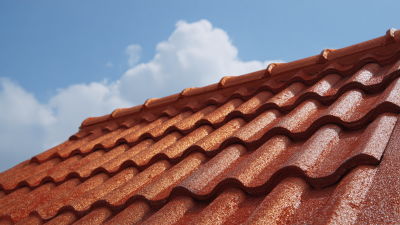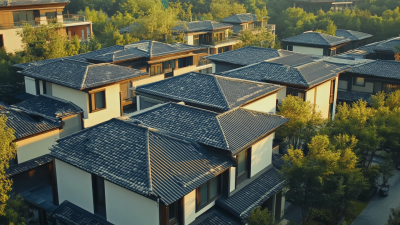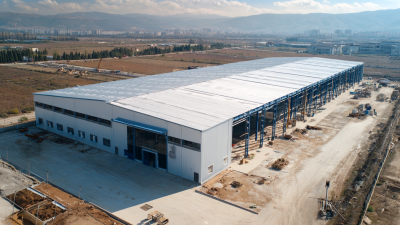
Leave Your Message
-
Phone
-
E-mail
-
Whatsapp

In recent years, the roofing industry has seen a significant shift towards more innovative and sustainable materials, with "Light Weight Roof Tile" emerging as a top choice among homeowners and builders alike. According to a report by the National Roofing Contractors Association, lightweight roofing options can reduce the overall weight on a structure by up to 30%, thereby minimizing the need for reinforced support systems. Additionally, studies indicate that lightweight tiles offer superior energy efficiency, helping to lower cooling costs by as much as 15% during hot months. The versatility and durability of these tiles make them an attractive investment, supporting not only aesthetic enhancement but also energy conservation and long-term performance.
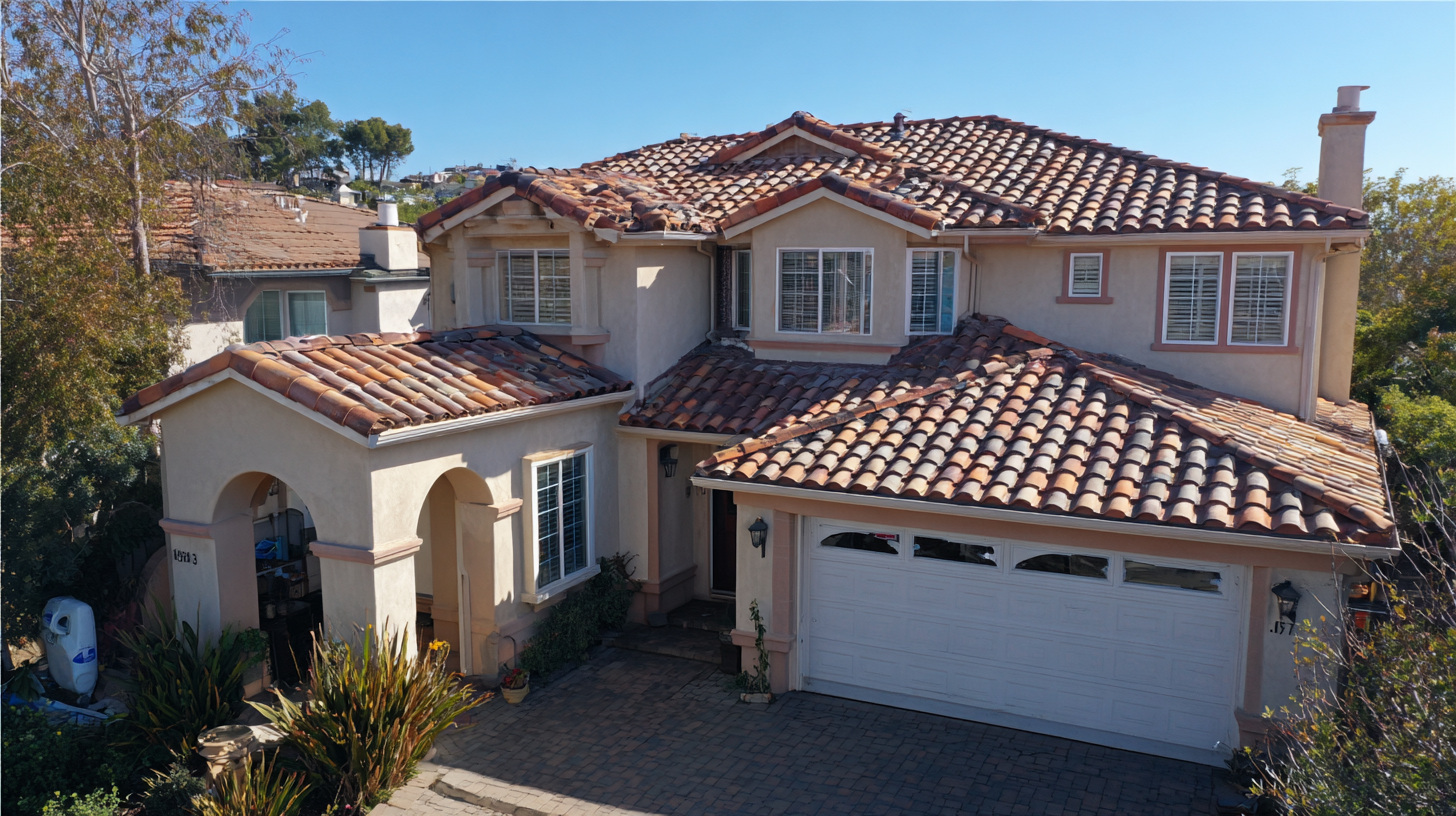
In this blog, we will explore the 15 best reasons why choosing lightweight roof tiles for your home upgrade is an intelligent and forward-thinking decision.
When considering roofing options for your home upgrade, lightweight roof tiles stand out as a sustainable choice that not only enhances the aesthetic appeal but also reduces environmental impact. According to a report by the National Roofing Contractors Association (NRCA), lightweight roofing materials can reduce the overall weight exerted on a building’s structure by approximately 20-30%, which lessens the need for additional structural support. This reduction in weight can ultimately lead to lower construction and renovation costs.
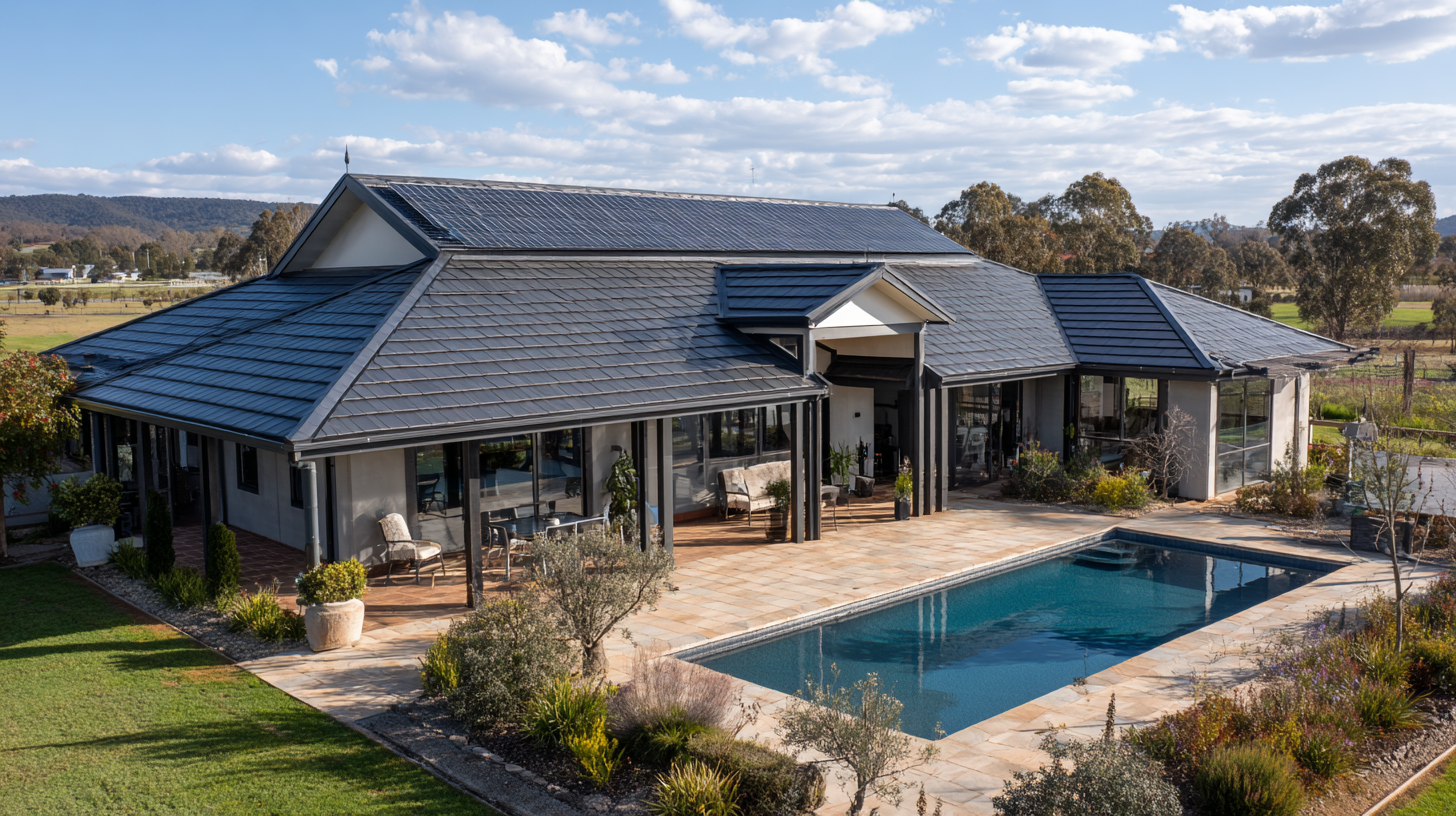
In addition to their structural benefits, lightweight roof tiles contribute to energy efficiency. The Cool Roof Rating Council indicates that lighter-colored tiles can reflect more sunlight, thereby lowering roof surface temperatures by up to 30 degrees Fahrenheit. This reflection significantly curtails the heat absorbed, which translates to reduced energy consumption for cooling systems in homes. This benefit not only leads to a more comfortable living environment but also decreases the carbon footprint associated with energy use, making lightweight roof tiles a smart and eco-friendly investment for homeowners interested in sustainable living solutions.
Lightweight roof tiles are an excellent choice for homeowners looking to upgrade their roofs without breaking the bank. One of the most significant advantages is their cost-effectiveness. These tiles are lighter than traditional materials, which means reduced labor costs during installation. As builders often charge by the weight of materials handled, opting for lightweight options can lead to substantial savings. Additionally, many lightweight tiles are designed to be more efficient in terms of material usage, further driving down costs.
When planning your roof upgrade, consider the following tips to optimize your investment in lightweight roof tiles. First, research the various materials available and choose a product that balances durability with cost. Many manufacturers offer competitive warranties, so look for those options that promise longevity without adding extra expense. Second, hiring an experienced contractor who is familiar with lightweight tiles can ensure a quicker installation process, saving you both time and labor costs.
Another essential tip is to factor in the energy efficiency benefits lightweight roof tiles bring. Their insulating properties can lead to reduced energy bills over time, compensating for initial installation costs. Weighing these benefits against traditional roofing materials, you’ll find that lightweight tiles not only upgrade your home aesthetically but also deliver significant financial advantages in the long run.
Lightweight roof tiles are reshaping the landscape of home energy efficiency, providing a compelling choice for homeowners seeking to enhance sustainability without compromising on structural integrity. Recent advancements have demonstrated that over 30% of roofs are unable to support traditional energy solutions due to weight restrictions, which not only hinders homeowners from going green but also significantly impacts broader sustainability goals. Entering a new era, lightweight roof tiles and solar components are becoming integral in addressing these challenges.
The introduction of lightweight dual waterproof components offers a solution that both reduces the load on rooftops and increases installation feasibility for solar energy systems. Weighing only 7.2 kg/m²—over 30% lighter than traditional options—these innovative tiles utilize cutting-edge technology that achieves a conversion efficiency of 24.8%. This efficiency, coupled with the reduced weight, allows more homes to participate in the transition to renewable energy sources. As the industry moves towards lighter materials, we can expect a significant uptick in the adoption of solar power, thereby aiding in the reduction of carbon emissions and fostering a more sustainable future for the housing sector.
Lightweight roof tiles have emerged as a popular choice for homeowners seeking durability and weather resistance in their roofing materials.
According to a report by the National Roofing Contractors Association, lightweight roofing systems can withstand extreme weather conditions, including high winds, heavy snow, and intense UV radiation.
These tiles, often made from advanced materials like synthetic polymers and fiberglass, offer a significant advantage over traditional roofing materials, which may be more prone to damage over time.
Furthermore, lightweight roof tiles boast impressive longevity, with many manufacturers offering warranties of up to 50 years.
The International Journal of Roofing Technology highlights that lightweight options can last up to 30% longer than their heavier counterparts, primarily due to their resistance to cracking and warping.
As a long-term investment, choosing lightweight roof tiles not only reduces maintenance costs but also contributes to energy efficiency, since they can help regulate indoor temperatures, thereby lessening the load on HVAC systems.
This combination of features makes lightweight roof tiles an excellent consideration for modern home upgrades.
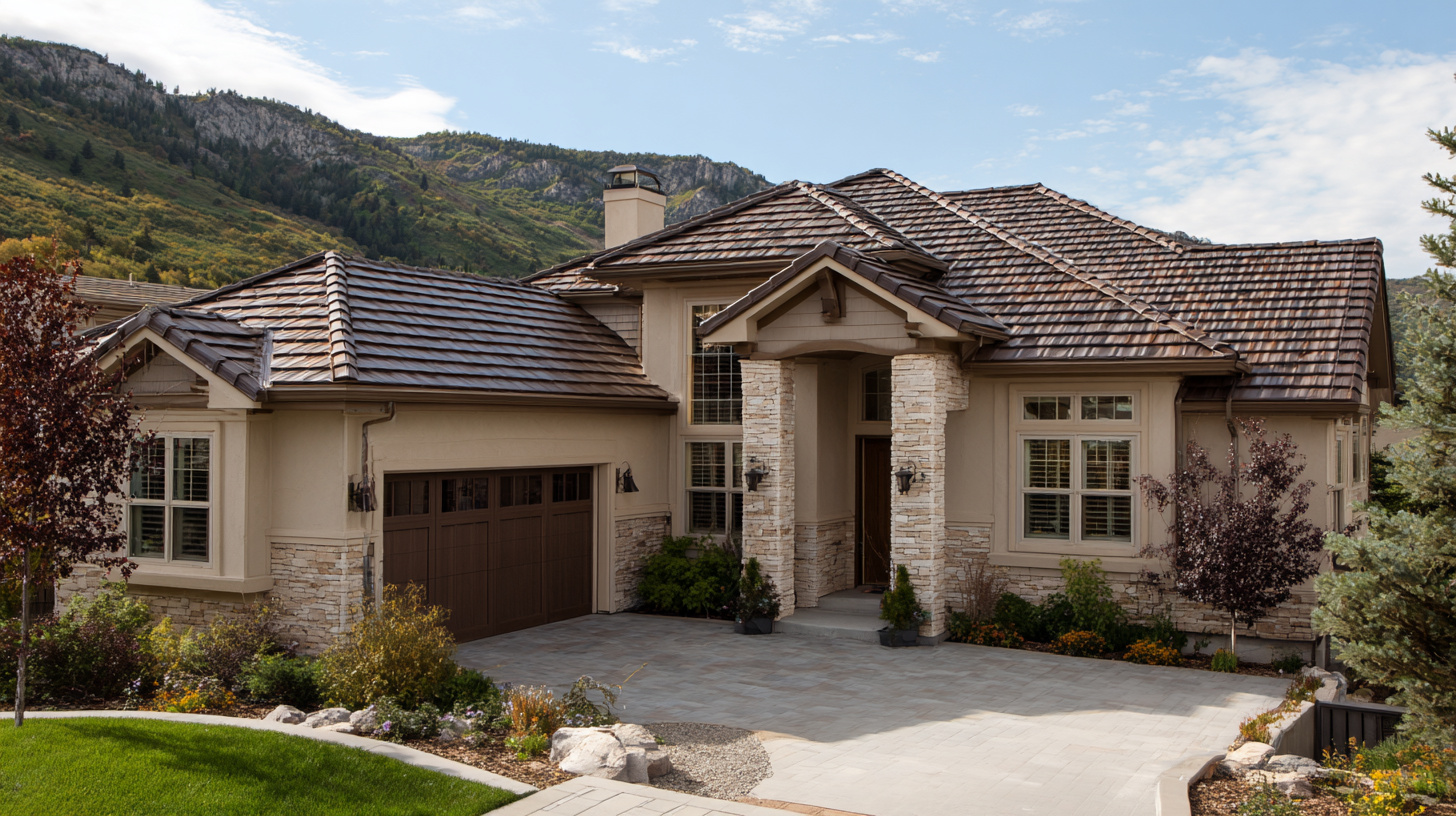 When considering a home upgrade, the choice of roofing material can significantly impact the overall performance and aesthetic of a house. Among the various options available, lightweight roof tiles have emerged as a compelling alternative to traditional roofing materials. Unlike heavier materials like asphalt shingles or clay tiles, lightweight roof tiles offer easy installation and reduced structural load on a home's framework. This quality not only facilitates a quicker renovation process but also contributes to enhanced energy efficiency due to improved insulation properties.
When considering a home upgrade, the choice of roofing material can significantly impact the overall performance and aesthetic of a house. Among the various options available, lightweight roof tiles have emerged as a compelling alternative to traditional roofing materials. Unlike heavier materials like asphalt shingles or clay tiles, lightweight roof tiles offer easy installation and reduced structural load on a home's framework. This quality not only facilitates a quicker renovation process but also contributes to enhanced energy efficiency due to improved insulation properties.
Furthermore, lightweight roof tiles are designed to withstand harsh weather conditions, offering superior durability compared to traditional materials. They are often constructed from advanced composite materials or synthetic products that resist fading, cracking, and damage from environmental factors. This longevity translates into lower maintenance costs and longer life expectancy for homeowners. When evaluating roofing options, it becomes evident that lightweight tiles not only provide functional benefits but also an opportunity for design versatility, allowing homeowners to achieve their desired aesthetic without compromising on practicality.
